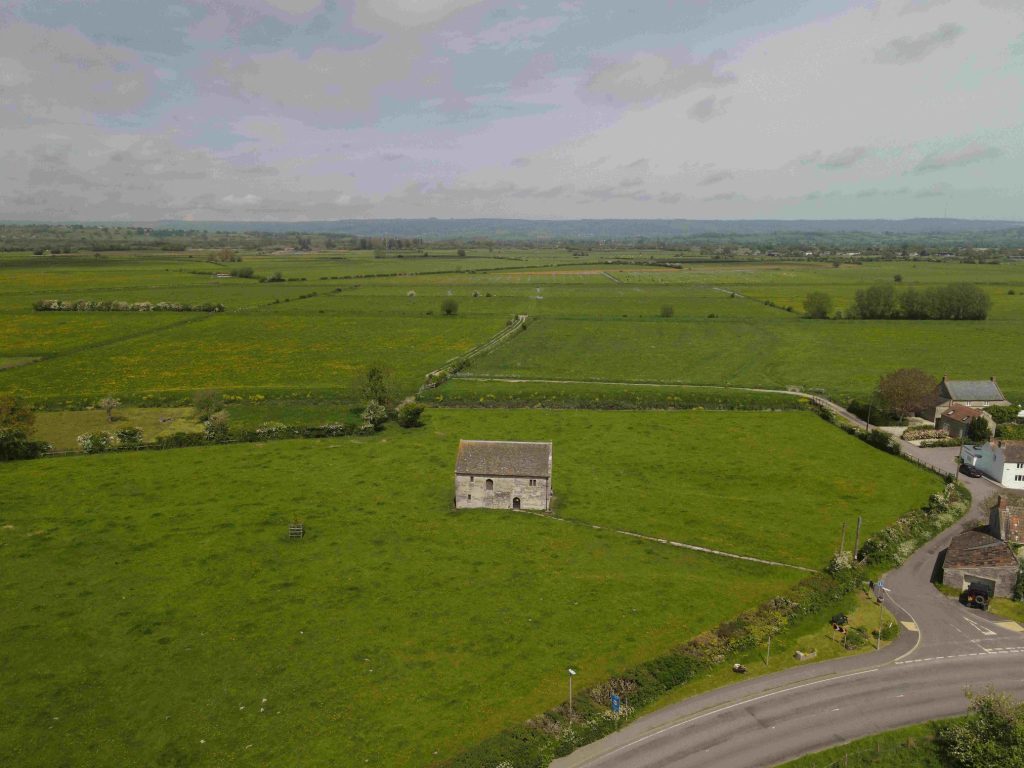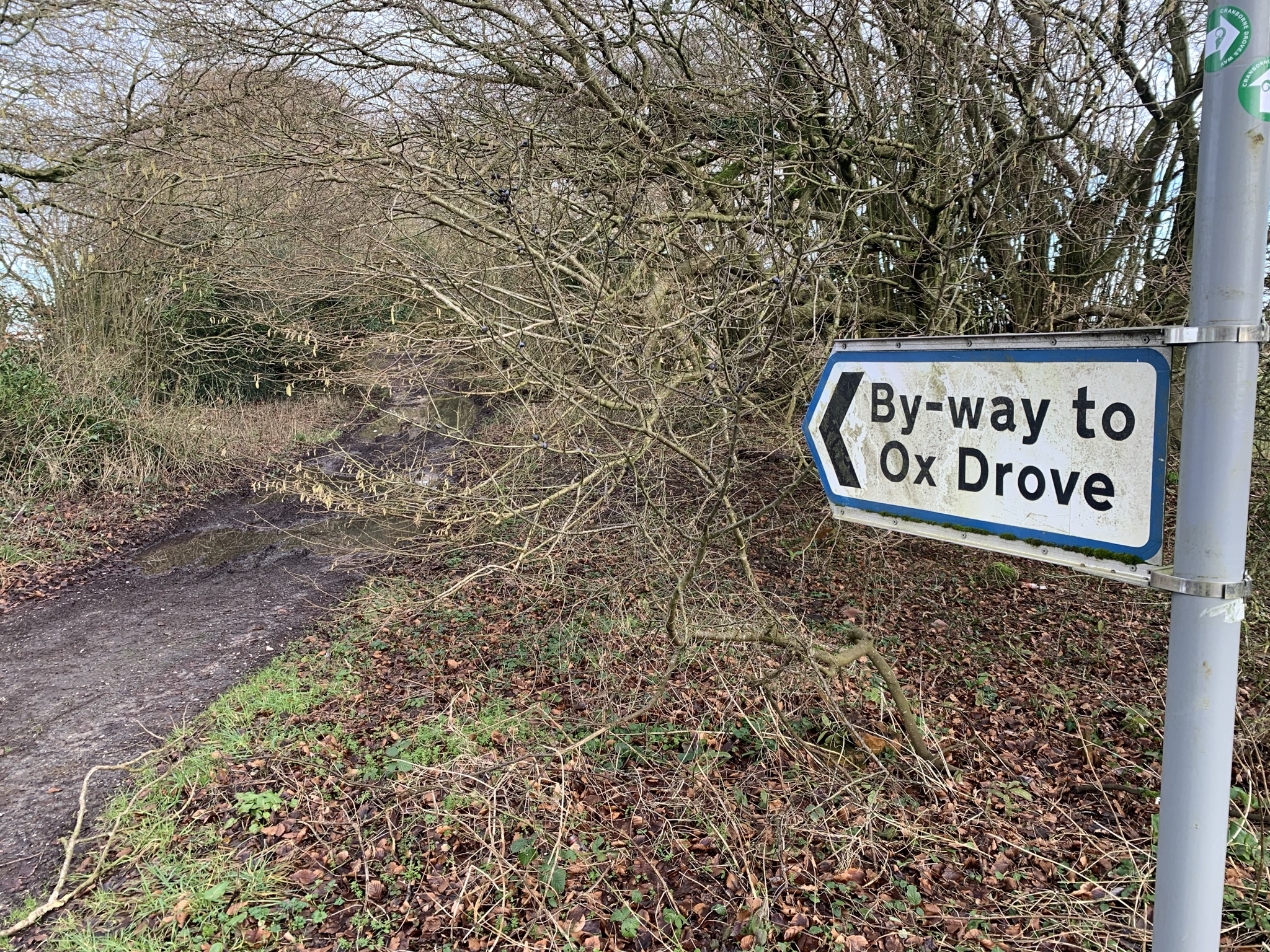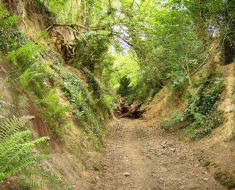Medieval fishponds were not only sources of sustenance but also integral parts of the medieval landscape, reflecting the importance of fish in the diet and culture of the time.
One of perhaps the more unusual features of the medieval period in Britain was the common feature in fishponds, particularly in the estates and gardens of the affluent upper classes.
Fish ponds were seen as such an important part of life in the British medieval era that mention of fishery infrastructure even made its way into the Magna Carta.
Fish ponds were often no small garden feature but could be large areas of water that served a variety of purposes, from promoting status to providing sustenance for the lords of the manor.
So vital were fish ponds that in many cases if prominent establishments such as monasteries and castles didn’t have a natural fish pond, the arduous task would be undertaken to construct one.
The consumption of fish, and by extension the construction of fish ponds, had a close association with the church and religious dietary restrictions on certain days of the year. Fish became an important part of medieval diet.
It was so highly regarded that there were instances in which fish and eels were given as gifts to prominent members of society, and even used to pay rent.
Contents
Fish to Feed the Hungry
The practice of creating fish ponds dates back to at least the thirteenth century, and at this time fish ponds were largely used to provide a reliable and steady source of food to both the upper classes and the church.

These ponds were often populated with a combination of pike, bream and carp and provided a safety net of food during the long winter months when food shortages could become a worrisome reality.
In general, fish was an important food source throughout medieval Britain.
Read More: Ancient Villages Now Sitting on the Bottom of Reservoirs
During the medieval period, the majority of the British population were Christian and adhered to the rituals and traditions of the Christian faith with strict devotion.
These religious traditions put limitations on which food could be consumed on certain days throughout the year. Meat from game or agricultural establishments formed another key element of the medieval diet.
Medieval Fishponds Were Crucial
However for roughly a third of the year meat consumption was forbidden, especially during important Christian holidays such as Lent.
On days when meat consumption was forbidden, fish provided a good alternative food source.
While poorer peasants had to venture to rivers or seasides in the hopes of catching their dinner, the wealthy with medieval fish ponds conveniently located on their estates, had easy access to this abundant source of sustenance.

Changes in the population of Britain also spurred the rising number of fishponds that were put in place across the country. From the twelfth century until the arrival of the Black Death in the fourteenth century, Britain experienced a period of population growth.
Read More: What Happened to Britain’s Roman Roads?
Supplement Diets
This rising population meant more hungry mouths to feed. Pressure on farms to provide food and on natural waterways to supplement diets with fish appeared to, at times, become difficult to meet.

This made the implementation of private fish ponds an attractive prospect for those who could afford them, namely monasteries and the upper classes.
These ponds were no small endeavour either. While some were more modest in size, others were so large that boats were used to fish on them. These ponds were sometimes created in rapid succession. At the Priory Manor of Grimley, by the end of the 1300s at least six fish ponds had been installed.
Where Have All the Fish Gone?
One aspect of the reasoning behind the construction of privately stocked fish ponds may have been reducing populations of certain aquatic species in natural rivers and streams.
Read More: Mapping the Past With LiDAR, But What is LiDAR?
These declining fish populations are speculated to have been impacted by a few leading causes, the first of which was the rising number of people calling the British Isles home.

As more and more people relied on catching fish from natural local waterways to feed themselves and their families, instances of overfishing began to occur. Ultimately, this contributed to declining fish populations and created a significant issue for people relying on fishing for sustenance.
Linked to this was an increase in the number of fish weirs created throughout the country. Fish would be placed in the weirs before they could travel back to their spawning grounds.
The Importance of Fishponds Declined Over Time
Read More: Iron Age Roads: There’s no Such Thing as a Modern Road
While these weirs were often created in an effort to help feed a growing population, in many instances they ultimately reduced overall wild fish numbers.
Also contributing to declining populations of fish was the widespread installation of dams and millponds.

These had a double-edged impact on declining fish numbers. First of all, efforts to engineer waterways to create more rapid water flow along streams to better power water wheels caused potential barriers that prevented fish from reaching spawning grounds.
Secondary to this, the installation of dams and millponds created areas of still water that encouraged plant and algae growth. The resultant changes in temperature, water biology and oxygen levels could disrupt the natural reproductive cycles of fish species.
Read More: What is Ancient & Planned Countryside?
So, with fish such an integral part of the medieval diet, and fish populations under threat, the secure supply of fresh fish that private fish ponds offered was an incredibly attractive prospect to those that could afford it.
Medieval Fishponds a Symbol of Status
More than just a practical addition to a property, medieval fish ponds were a status symbol in historic England.
These ponds represented a theme of power and exclusivity and were installed on the manors of the royal and wealthy to demonstrate social and economic power as much as to provide a steady source of food.

In some instances, a symbol of status seemed to be the primary motivation for the installation of fish ponds.
There have been cases recorded where fish from private ponds were only consumed rarely or on special occasions, and as such, these ponds served primarily as a reminder of social and economic wealth and exclusivity.
Both freshwater and sea fish were consumed widely throughout the medieval period, however there was a certain expense associated with consuming pond reared freshwater fish.
Read More: The Original River Crossing: The Significance of River Fords
Fourteenth century accounts detailing the spending of the Bishop of Coventry and Lichfield, found that while the Bishop bought more sea fish overall, he paid a higher price for freshwater pond fish.
Furthering this, documentation from 1461 has been found outlining the average cost of fish, while the median price for salt-fish was listed to be 8d, the median price for pike, a common addition to freshwater fish ponds, was listed at 12d.
A Fishy Present and a Fishy Payment
Fish held such an important place in medieval Britain that there were even prominent instances in which they were given as gifts to important people in society.
Records dating back to between 1596 and 1601 show freshwater fish being given as gifts from local dignitaries recorded in the judge’s assizes for the Western and Oxford Circuits.

Freshwater fish was not an uncommon gift for the aristocracy and church communities either. There are even records of the Prior of Wocester gifting salmon to the Bishop of Winchester.
In poorer regions, there are even medieval accounts of fish being used as currency. Fish and eels caught from local rivers, streams and lakes were in sometimes even used by peasants to pay their rent.
Read More: Coastal Villages Now Landlocked, More Common Than You Think
While the first record of rent being paid with aquatic life, specifically eels, dates back to 700, by the time of the Domesday Book it seemed to have become a practice that was far from uncommon.
What Happened to All the Fish Ponds?
In many parts of the country the prominence of fish ponds persisted into the sixteenth century but declined at the end of the medieval period.
Maintaining fish ponds was a time consuming and costly process and often involved the draining and restocking of ponds every few years to keep them in good condition and the fish disease free.
Toward the end of the sixteenth century, many fish ponds began to fall into neglect and the status symbol associated with the consumption of fish began to lose some of its grandeur.

A changing relationship with the church also influenced the consumption of fish and in turn, the need for private fish ponds. Church ordered days in which fish was primarily consumed began to be followed less strictly.
Read More: Place Names the Vikings Left Behind
For a period under the Commonwealth ‘fish days’ were almost entirely abolished under the claim that they were a ‘Popish’ institution that was to no longer be followed.
By the early 1700s, the fish ponds on many rented estates were reported to have been in a state of neglect or disuse.
From the Practical to the Pretty
Over time, the role of surviving fish ponds morphed as diets changed and fish became a less sought after food source.
The ornamental element of fish ponds became more important than the practical, and these ponds, once used for food security morphed into the aesthetically pleasing ponds still found in gardens today.
Read More: How Did the Romans Drain the Fens & Somerset Levels?
Growing to particular prominence during the medieval period, fish ponds formed an important part of historic England. These humble ponds were used to ensure a steady supply of food in times of food insecurity.
They were a part of the religious life of the medieval period with the consumption of fish and were an important aspect of religious dietary restrictions.
While changing diets, trends and socio-political landscapes sparked the decline of the medieval fishpond, the remnants of some of these historical ponds can still be seen around Britain today.
Meanwhile, while their practicality may have fallen victim to time, the history of the humble fish pond lives on in the ornamental styles still found in gardens around the world today.
Key Points About Medieval Fishponds:
Purpose: Fishponds were primarily constructed to provide a sustainable source of fish for the local population. Fish was an essential part of the medieval diet, especially during religious fasting periods when meat consumption was restricted.
Location: Fishponds were strategically located near manors, castles, monasteries, and villages. They were often situated in low-lying areas where water could be dammed or diverted to create a pond.
Design: Fishponds varied in size and shape. They could be rectangular, square, or irregular in shape, depending on the available space and purpose. Some were relatively small, while others were quite large.
Fish Species: Common fish species raised in these ponds included carp, tench, and pike. These species were hardy and well-suited to pond environments.
Maintenance: Fishponds required regular maintenance, which was often overseen by skilled individuals known as “fishermen” or “fish-reeves.” Their responsibilities included feeding the fish, ensuring water quality, and preventing poaching.
Breeding and Harvesting:
Fishermen carefully managed the breeding of fish in the ponds. Fish were typically harvested during specific seasons, and the size and age of fish were regulated to maintain a healthy population.
Economic Value: Fish from these ponds had economic value. They could be sold at local markets or consumed by the lord of the manor and residents of nearby communities.
Aesthetic Features: Some fishponds were designed not only for practicality but also for their aesthetic appeal. They often featured landscaping and, in some cases, small islands or structures in the middle of the pond.
Decline: The importance of fishponds declined over time as other sources of protein became more accessible and affordable. Many fishponds fell into disuse or were repurposed.
Historical Legacy: Today, medieval fishponds serve as historical landmarks and reminders of the medieval way of life. Some have been preserved and are part of heritage sites, while others have been repurposed into modern amenities.
Medieval fishponds were not only sources of sustenance but also integral parts of the medieval landscape, reflecting the importance of fish in the diet and culture of the time.






